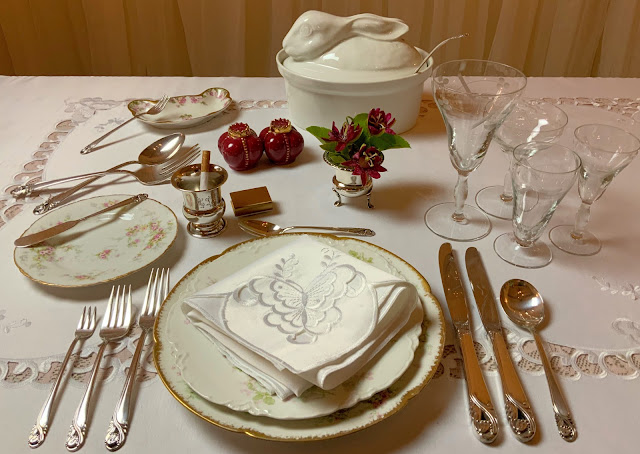 |
“O-seibo” means “the year-end gift” For me, it means to express my thanks and gratitude to people for being so helpful to me throughout the year. – Elena Gavrilina-Fujiyama |
How gifts are given in Japan.
The tradition of giving gifts.
On the eve of the holidays, we always think about gifts that are not only pleasant to receive, but also even more pleasant to give. Gift culture is very strong in Japan, where the exchange of gifts is of great importance, especially when it comes to maintaining personal relationships. Gifts may be given as a token of gratitude for kindness shown. The one who accepted the gift, in turn, must also show gratitude to the giver.
It is advisable to buy gifts in well-known and prestigious department stores; branded packaging will demonstrate where the gift was purchased. Yes, this is very important, and the Japanese do not consider this some kind of bragging, but a sign of respect.
Usually a gift is presented with the words: “This is a trifle, but please accept it anyway!” However, there is a subtle nuance here: never give exactly a “trifle”! You will be considered, to put it mildly, a stingy person. After these words, the usual ceremony in such cases occurs: the recipient puts the gift aside without unwrapping it and as if not paying attention to it. If he immediately opened the package to see what was inside, it would look like greed.
Having received a gift, you must thank the giver. This, of course, does not mean that you need to immediately run out and buy a return gift, but it is advisable to thank them in writing: for example, send a postcard with words of gratitude or a message in phone messenger. But sooner or later you will definitely need to give something of equal value. As a rule, they order delivery of a gift directly from a department store. But to influential, respected people, gifts should be presented personally. This is required by etiquette.
The topic of gifts is endless and very interesting, I think that it is relevant for many. The tradition of gifts in Japan is an important component of communication etiquette. The Japanese love to give gifts and take great pleasure in the opportunity to give a gift. Very often they give gifts, for example, upon returning from travel, when meeting friends or relatives whom they have not seen for a long time, or to work colleagues.
Gift exchange is a tradition that speaks to the importance of maintaining good relationships between people throughout life.
For example, during the New Year holidays, many Japanese visit shopping malls and purchase seasonal o-seibo gifts. This tradition is unique and has its roots in the distant past. Initially, at the end of the year, it was customary to present gifts to the gods, thereby expressing gratitude for their help and favor in the past year and a plea for help in the coming one. As a rule, it was sake, rice, dried fish, fruits, and vegetables.
Then gifts began to be given not only to the gods and their servants, but also to people who helped and played an important role in life, for example, parents, family members, teachers, managers, and work colleagues. Such gifts should not be expensive; attention and respect are important. Therefore, even now o-seibo is food, sake, tea, coffee. It is expected that each o-seibo who receives a gift will give the giver a return gift. And in order not to violate the rules of etiquette, this should be done not immediately after receiving, but after some time, so as not to show the donor your reluctance to be obliged.
I would like to note that o-seibo gifts are exchanged not only by individuals, but also by entire companies and corporations, which provides another opportunity to show respect and maintain relationships.
After all, an important feature of such gifts, determined by the rules of etiquette, is that once started, this process continues for a long time!
Thus, in Japan, gifts play an important role in harmonizing relationships between people.
By contributor, Elena Gavrilina-Fujiyama especially for Etiquipedia. Elena is a specialist in Japanese protocol and etiquette, and European social etiquette. The founder of the project Etiquette748, Elena is also a member of the National Association of Specialists of Protocol. She authored the best-selling book “Japanese Etiquette: Ancient Traditions and Modern Rules” after living in Japan for over 20 years. Elena recently was awarded the Diploma of the World Prize “Woman of the Russian World” in the category “Entrepreneurship” (Japan). The theme of the 2024 award is “Preservation and strengthening of the traditional family values.” Congratulations, Elena!
🍽Etiquette Enthusiast, Maura J. Graber, is the Site Editor for the Etiquipedia© Etiquette Encyclopedia




























